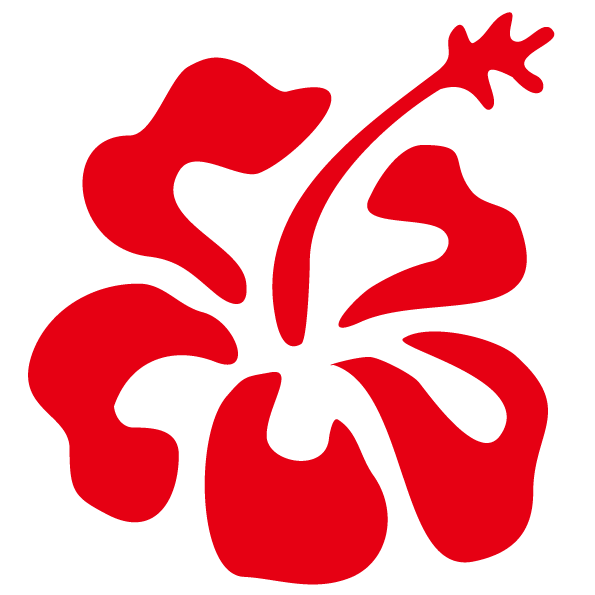Molecules and our PITAKORA SUICHI!
Happy Friday everyone! Our morning was full of energy, creativity, and imagination. We built houses and bridges for the dinosaurs. We tried to build tall towers, too! We wondered if we could build something taller than us but realized that we needed more blocks. But of course, that was not a problem because we could turn our blocks into something else easily!
When we saw the toilet tube rolls and boxes, we asked, “Can we play with these?”. The moment Vieda said, “Sure!”, we jumped excitedly! Each of us had our own ideas. The room immediately was full of great ideas as to what we could recycle tissue rolls and boxes.
N: Listen, we can connect the small box into this big one here.
Ch course, we can. We use tape to connect it.
K: What if we want tubes inside of the big box? I think we can punch holes on both sides of the boxes. Then we can put the tubes together inside. Maybe we can tape them together.
B: I want the make the tubes longer.
A: I have an idea. We can put the ball and the block on here (pointed to the outside part of the box). I think we can do that. Maybe we can put the ball here. Yes?
Ky: I draw lines for the tissue, okay? Vieda cut it, okay?
The planning stage of our DIY toy had been quite interesting. There were instances where we could not agree on what to do, but we have been working on our teamwork spirit. At the end of our planning, we tried to make our ideas work. Some ideas did not work, and we just said, “Oh we can’t do that. Let’s try something else”. Da listened intently to his friends’ ideas and said, “Good idea! You’re a good boy!”. We love how we exchanged ideas and how we were able to make them! Each time we finished a tube part, Y said, “I want to test it!”. We did! We took turns in putting a ball in one corner and tried if it would go through to the other side. And it did!!! Bravo, Flowers! We can’t wait to finish this project. Ch looked at it and said, “It looks like PITAKORA SUICHI”. (pythagora switch). Let’s see how our very own pitakora suichi will look like. We are just so happy that we can make a toy out of recyclable materials.
QUESTION OF THE DAY: Can we see molecules?
Nimo mentioned about molecules yesterday. Can we see them? What are they anyway? As always, our question of the day sparked our interest more, and the more questions and of course, answers came up. Follow our conversation below to see how we explored the concept of molecules.
Ky: Molecules is small.
Ch: They are small bugs.
Z They are in the air.
K: It’s in your body, too.
B: You can molecules in your home, too.
Vieda: Can we see them at Universal Studios?
Au: Yes, we could. I saw molecules on the table.
K: I have a question. Can molecules live in the sun? How about in the dwarf planets? Can they live there, too?
C: Do molecules need food?
Z: Maybe not.
Ky: Look, I can see molecules here in my jacket!
Looking back to yesterday’s experiment, we remembered some ideas.
C: Molecules are in the steam.
Be: They are gases.
Z: Molecules are inside the ice cubes.
D: Some people have one eye and cannot see molecules.
As we were discussing our question of the day, we realized that even when we look around, we cannot see any molecules. For one, we do not have an idea how it looks like. As our homework, we can draw what we think a molecule looks like. It will be fun to see how we picture molecules!
We may not see molecules with our naked eye because they are too small, but for sure we can have a little experiment to observe how they move.
EXPERIMENT: Molecules in action!
We had two clear glasses on the table. One was filled with hot water; the other was with cold water. Vieda dropped two drops of green coloring in each cup. We looked at both glasses and observed what happened in the water when food coloring was dropped in it.
Vieda told us that water is made up of many H2O molecules. We might sometimes see that kind of writing for water. Well, the movement of food coloring in the water was in fact the molecules moving through the color.
We observed that hot water turned green faster than the cold water. We learned that the food coloring that we saw was the molecules moving through the color. When the water is hot, the molecules move faster. That’s why the water turned green faster, whereas in cold water, they move slower. Also, in hot water, molecules are a bit far apart from each other compared to those in cold water.
After the experiment, we pretended to be molecules. When Vieda said, “Hot water!”, we moved faster and distanced a bit from our friends. When she said, “Cold water!”, we moved slower and moved a bit closer with our friends.
Molecules! There are just so many amazing things around us. It is always great to explore and learn about how things work.
Stay warm everyone! Please have a wonderful spring break!
See you on the 28th!
Love,
Flowers
